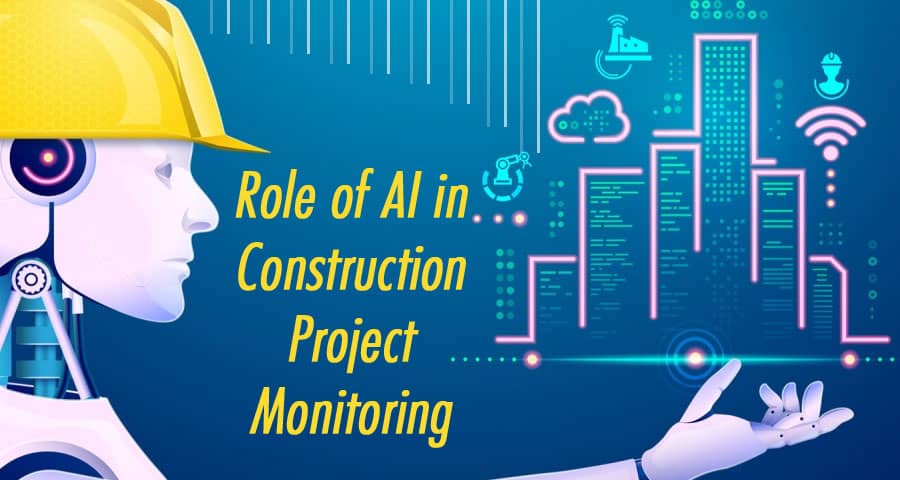Role of AI in Construction Project Monitoring

Introduction to AI in Construction
Construction projects have long been intricate endeavors, demanding meticulous oversight and management. The role of Artificial Intelligence (AI) in this industry has emerged as a transformative force, reshaping the way projects are monitored and managed. AI offers unparalleled capabilities that revolutionize traditional practices, ensuring more efficient and effective project oversight.
Challenges in Construction Project Monitoring
Despite technological advancements, conventional methods of project monitoring often encounter limitations. The sheer complexity of construction projects, coupled with the need for real-time data analysis, presents challenges that traditional monitoring systems struggle to address adequately.
How AI Transforms Project Monitoring
- Real-time Data Analysis: AI-driven systems excel in processing vast amounts of data in real-time. This capability enables construction teams to monitor progress, identify bottlenecks, and make informed decisions promptly.
- Predictive Maintenance using AI: AI algorithms can predict potential equipment failures or maintenance needs, preventing costly delays and ensuring continuous project progress.
- Enhanced Safety Measures: AI applications enhance safety protocols by analyzing on-site conditions, identifying potential hazards, and offering proactive measures to mitigate risks, thereby safeguarding the workforce.
Integration of AI Tools in Construction
The integration of AI tools spans various facets of construction, from design and planning to execution and maintenance. Examples include Building Information Modeling (BIM), drones for site surveys, and IoT-enabled sensors for real-time data collection. The adoption of AI not only expedites processes but also enhances accuracy and quality while reducing human error.
AI-driven Monitoring and Efficiency
- Streamlined Project Management: AI streamlines project management by automating routine tasks, optimizing resource allocation, and providing valuable insights for better decision-making, leading to increased efficiency and productivity.
- Cost-effective Solutions: By minimizing downtime, optimizing resource utilization, and preventing potential issues, AI contributes significantly to cost reduction throughout the project lifecycle.
The Future of AI in Construction Monitoring
The evolution of AI in construction monitoring holds immense promise. Advancements in machine learning, robotics, and data analytics will likely lead to more sophisticated AI applications. However, challenges such as data security and workforce adaptation to AI technologies need to be addressed for seamless integration.
Conclusion
AI has emerged as a game-changer in construction project monitoring, revolutionizing traditional practices by offering real-time analysis, predictive capabilities, and enhanced safety measures. Its integration fosters efficiency, cost-effectiveness, and paves the way for a future where construction projects are managed with unprecedented precision and effectiveness.
FAQs
How does AI enhance safety in construction projects?
AI analyzes on-site conditions, identifies potential hazards, and provides proactive measures to mitigate risks, ensuring a safer work environment.
What are the key challenges in adopting AI in construction?
Challenges include data security concerns, workforce adaptation, and initial investment costs for implementing AI technologies.
Can AI completely replace human oversight in construction project monitoring?
While AI enhances efficiency, human oversight remains crucial for decision-making and adapting to dynamic project requirements.
How does AI contribute to cost reduction in construction projects?
By optimizing resource allocation, predicting maintenance needs, and minimizing downtime, AI reduces overall project costs.
What advancements can be expected in AI for construction monitoring?
Future advancements might include more sophisticated machine learning algorithms, enhanced robotics for on-site tasks, and improved data analytics for precise project oversight.
